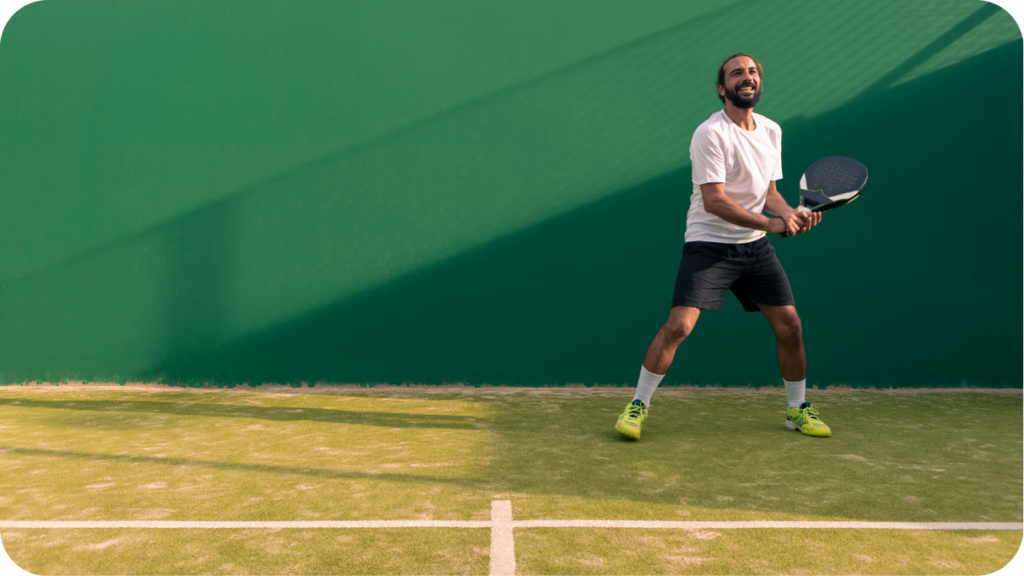By Chris Lewit
Jannik Sinner outmatched Grigor Dimitrov in the quarterfinals of Roland Garros by returning serve much better than his rival, and displaying a more solid ground game than Grigor, who missed a number of key backhands and returns in the match.
Sinner, who has clinched the world No. 1 ranking after Roland Garros displacing the injured Novak Djokovic, demonstrates excellent movement and baseline power and consistency. His NextGen forehand and backhand techniques are revolutionary, giving him groundstroke efficiency and power that is unparalleled on tour at this time. Sinner has compact, simple biomechanics but huge racquet lag, giving him optimal power. For a tall player, he moves exceptionally well and can match the top players in the world from the baseline stroke for stroke.
Sinner has a much improved serve, which complements his power baseline game very well. His return of serve is underrated and extremely solid, built around the compact swing structures that he has, which gives him an advantage against the best servers in the game.
While Sinner is not as creative from the baseline or net as Carlos Alcaraz, for example, he makes up for it with power and consistency, and a calm head.
Chris Lewit is a PTR level 2 coach. His Chris Lewit Tennis Academy is based in Manchester, Vermont. He is the author of the book “The Secrets of Spanish Tennis”

Copyright: 2024 Getty Images







